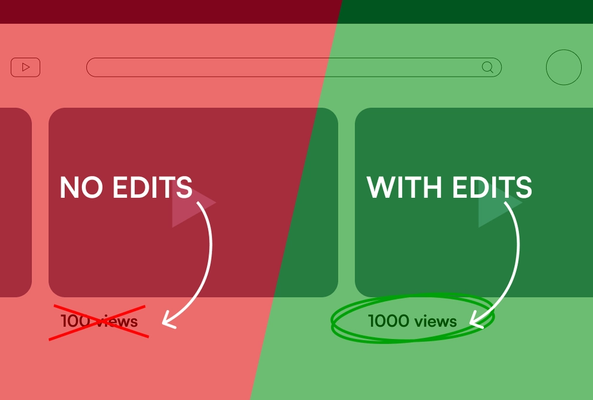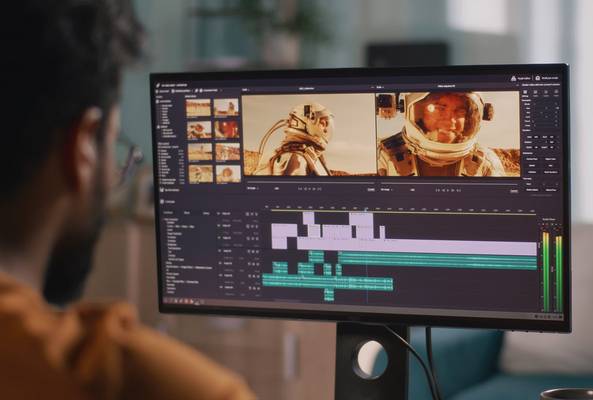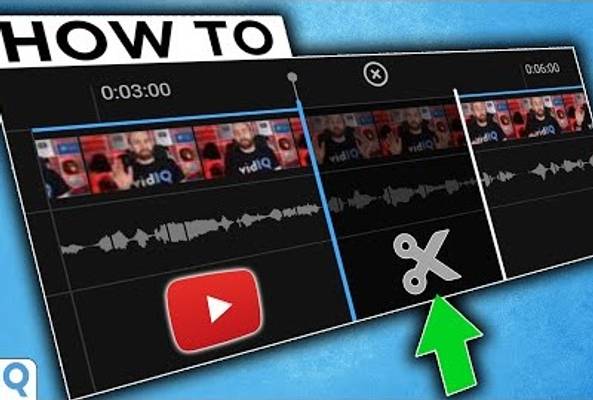In addition to being an avid movie and gaming enthusiast, Uttaran Samaddar is an experienced writer who has lent his creativity and unique perspective to various publications. He loves hearing and telling stories.
How to Film Engaging B-Roll for YouTube Videos
As video quality gets better, viewers expect more from their favorite YouTube channels. They want well-edited scenes that take them on cinematic journey. Visuals that keep their eyes glued to the screen. These days, you can bet that anyone clicking on a YouTube thumbnail wants top-notch entertainment.
No two videos are the same, but the ones with B-roll do have something in common. They captivate viewers by breaking up the monotonous scenes before them, adding a new perspective to the overall experience. Instead of watching you talk for 10 minutes, viewers can enjoy clips from an actual experience you had or even a "how-to" demonstration — anything that adds depth and variety.
What Is B-roll?
Before we talk about B-roll, let's first understand what A-roll is.
A-roll is the primary footage in your video, and it usually contains the original sound source within your content i.e., your voice output from a microphone.
B-roll is supplemental footage used to make A-roll more dynamic and interesting. These clips help to provide context, enhance storytelling, and ultimately make your video more engaging to watch.

1. Plan Your B-roll
The first step in using B-roll effectively is to plan out your content visually. Think about the story you want to tell, then determine how B-roll footage can help support that narrative. It helps to list all the shots you'd like to capture, including A-roll and B-roll, then put them in order sequentially to create the structure of your video.

Depending on the type of video you’re shooting and related factors, you can choose stock footage or shoot your own B-roll. There are tons of awesome services like Envato Elements or Pexels that can give you free B-roll with few copyright restrictions.
If you need to shoot your own B-roll, you may have to scout for a location or shoot at a particular time of the day. Planning will definitely help with that as well.
2. Capture a Variety of Shots
It’s disheartening for viewers when your B-roll doesn't have enough variety or seems to repeat every few seconds. To keep them engaged (and boost your watch time on YouTube), make sure to capture a variety of shots:
- Close-ups
- Medium shots
- Wide shots

And here are four camera angles you can also experiment with:
- Low angle: Captures subject from below, emphasizing size and depth.
- High angle: Shot from above, highlighting vulnerability or overview of a scene.
- Dutch angle: Tilted camera for disorientation or tension. Use it sparingly.
- Over-the-shoulder: Adds depth and perspective to captures a subject's reaction.
3. Keep Your Camera Stable
A shaky camera can lead to messy B-roll and detract from the overall quality of your video. When shooting B-roll footage, make sure to use a tripod, monopod, or gimbal to keep your shots steady and professional-looking.
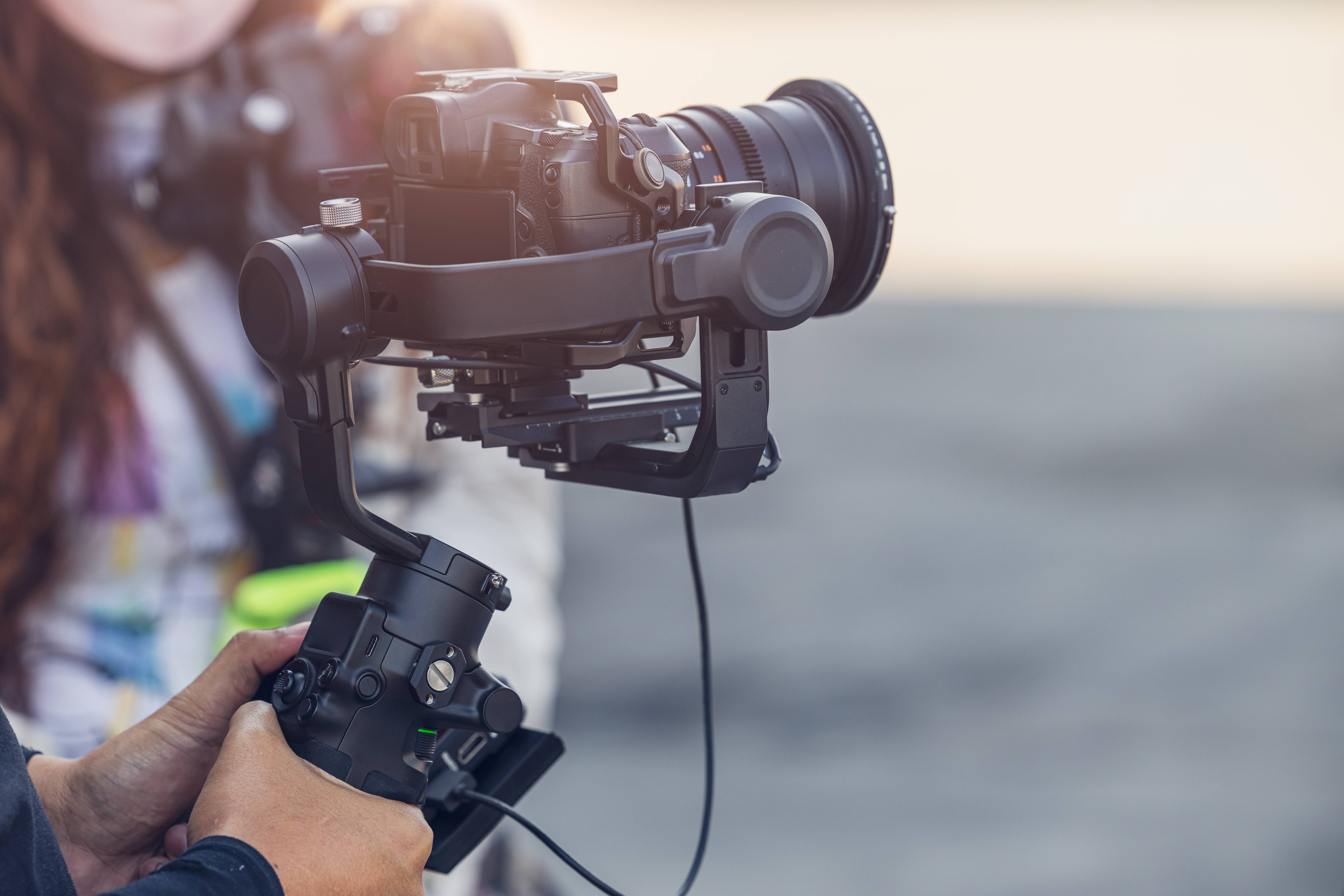
With a steady hand, you can help viewers concentrate on your video and the story it tells.
4. Focus on the Details
B-roll is all about the details, whether you're using drone footage over the Mediterranean or a close-up of your latest iPhone 14. When shooting, look for interesting textures, colors, and patterns to include in your shots, as these can add depth and visual interest to your videos.

Good lighting makes a difference too. Whenever possible, shoot during the "golden hour" (the hour just after sunrise or just before sunset) to capture the most flattering and visually appealing light. Additionally, be aware of any harsh shadows or overexposed areas in your shots, as these detract from the overall quality of your footage.
5. Edit Your B-roll Effectively
If you remember only one thing from this post, remember that how you edit your B-roll is massively important. It's supposed to complement your A-roll, so pay attention to how B-roll flows into the clip before it and the clip after it. Aim for smooth transitions, and don't be afraid to experiment with different techniques, such as match cuts (using elements of one scene in transition to the next scene) or crossfades.

Also, try to avoid awkward jump cuts and back-to-back cuts that come too fast. Replace them with some B-roll instead! This video by Think Media explains it best.
6. Don’t Worry About Overshooting
In today's world, there’s almost no such thing as running out of storage space. There are hard drives, digital drives, or computers you can buy that have enough gigabytes to store all of your content. So realistically, you can never overshoot as a YouTube creator.
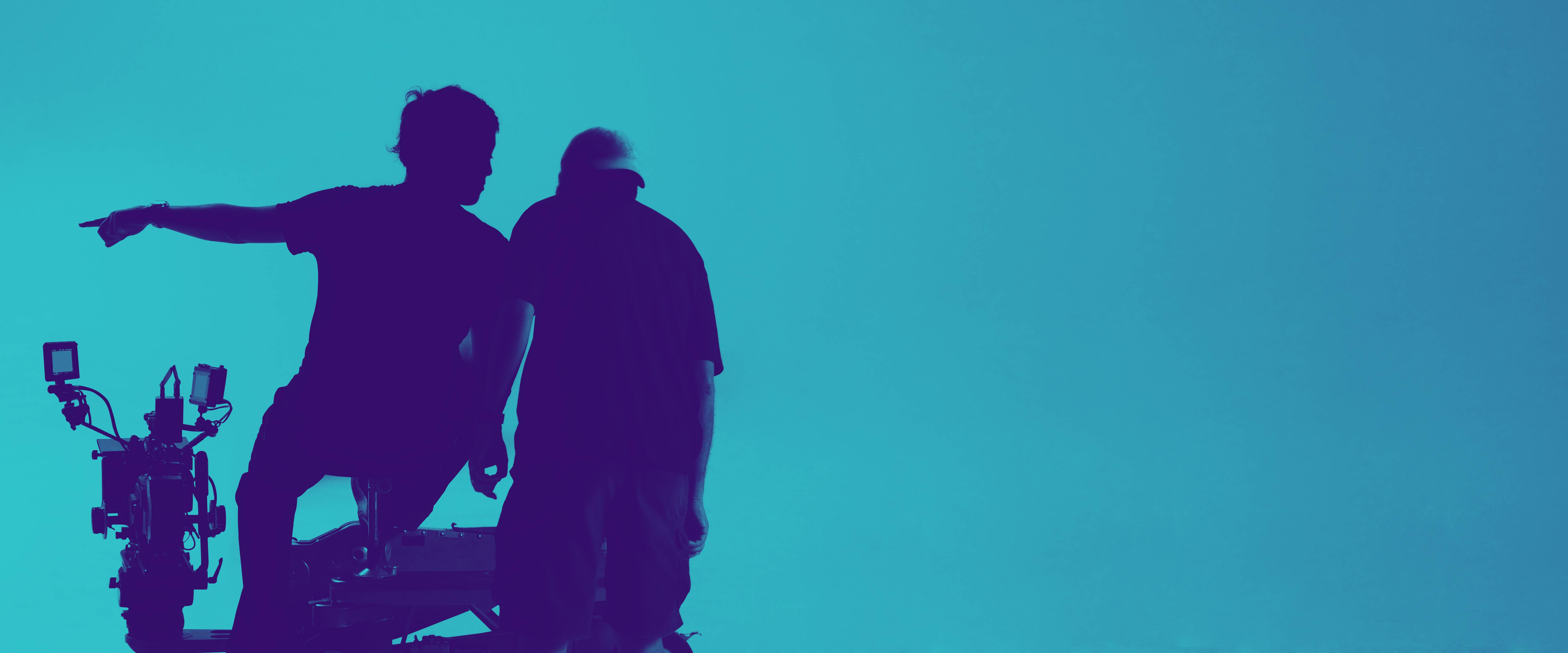
Just keep filming if you think you don't have enough content. After all, it's better to have much too much video than not enough video for your final edit. Even if you don't use the footage today, it will still be there when you need B-roll for a future project.
And you never know. Mastering the art of tasteful B-roll could be the key to elevating your videos! It helps you produce a captivating story by showing the action itself, not the person talking about it. So give these tips a try to enhance your content.
And while you’re at it, check out this awesome way to get more YouTube viewers!

